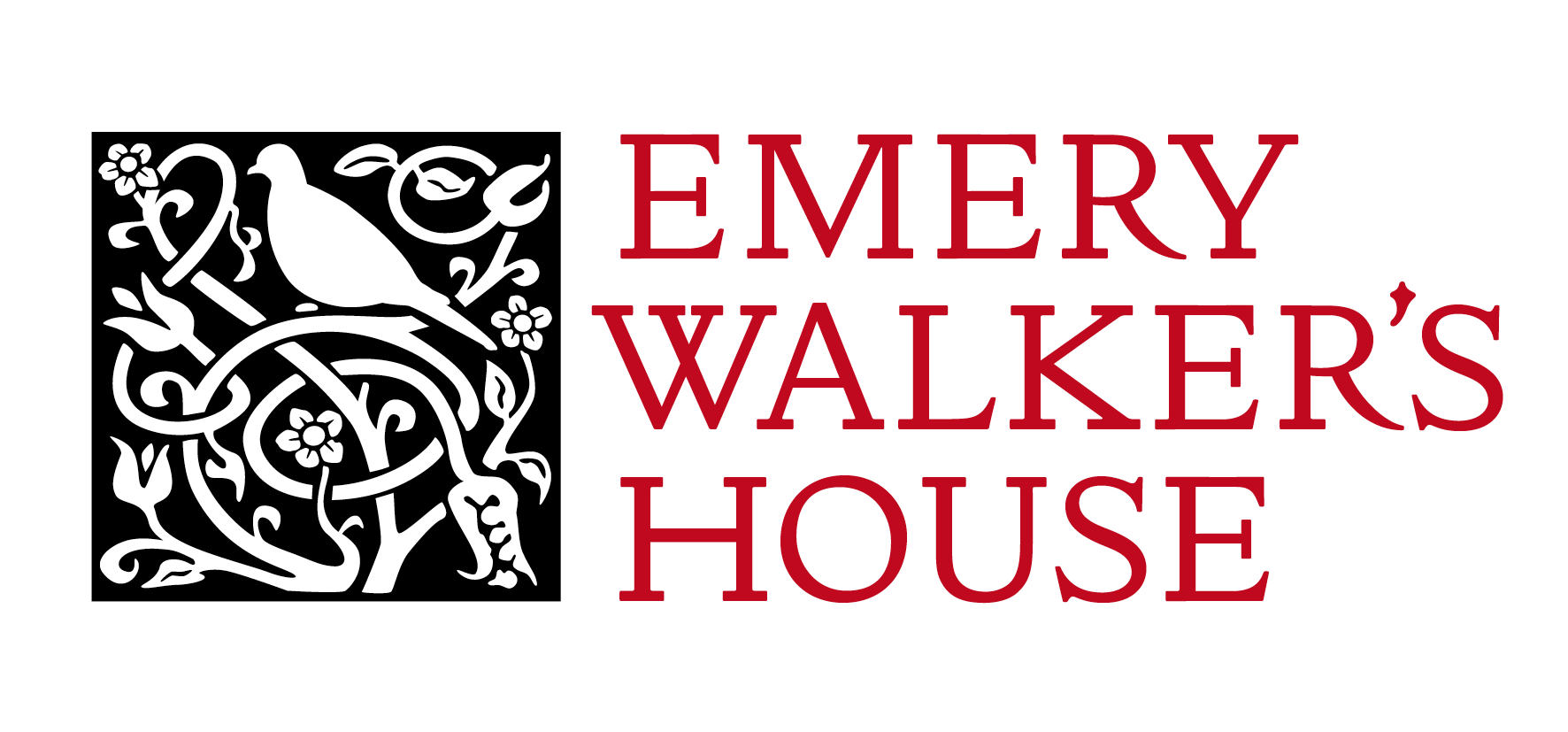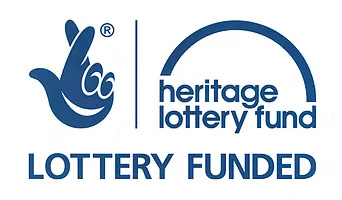As a volunteer cataloger, I have spent some weeks engrossed in the Arthur Halcrow Verstage archive collection, acquired by The William Morris Society in 2005. This resource not only reveals fascinating details about the life and work of William Morris, but also exposes the passionate zeal he inspired in his devotees long after his death.
Arthur Halcrow Verstage (1875-1969) was one these devotees. An architect who spent much of his career in the public sector, he was a student at the Royal Academy School of Architecture in the 1900s, and was elected as an Associate of the Royal Institute of British Architects in 1902. He was also a major figure in the design of the Central School of Arts and Crafts (later known as the Central School of Art and Design) in central London.
Verstage was a founding member of the Kelmscott Fellowship, a forerunner to The William Morris Society. He was an avid collector, and accumulated many documents and letters relating to the founding of the fellowship and its activities throughout the early part of the 20th century.
Correspondence between Verstage, fellow founding member Fred Tallant, May Morris and their peers makes up the bulk of the collection. Through these letters, the identity of the Kelmscott Fellowship is hotly debated. Questions surrounding the name of the fellowship, what its aims should be, and who should be welcomed and excluded from the group are raised in these documents, and the answers are often contentious.
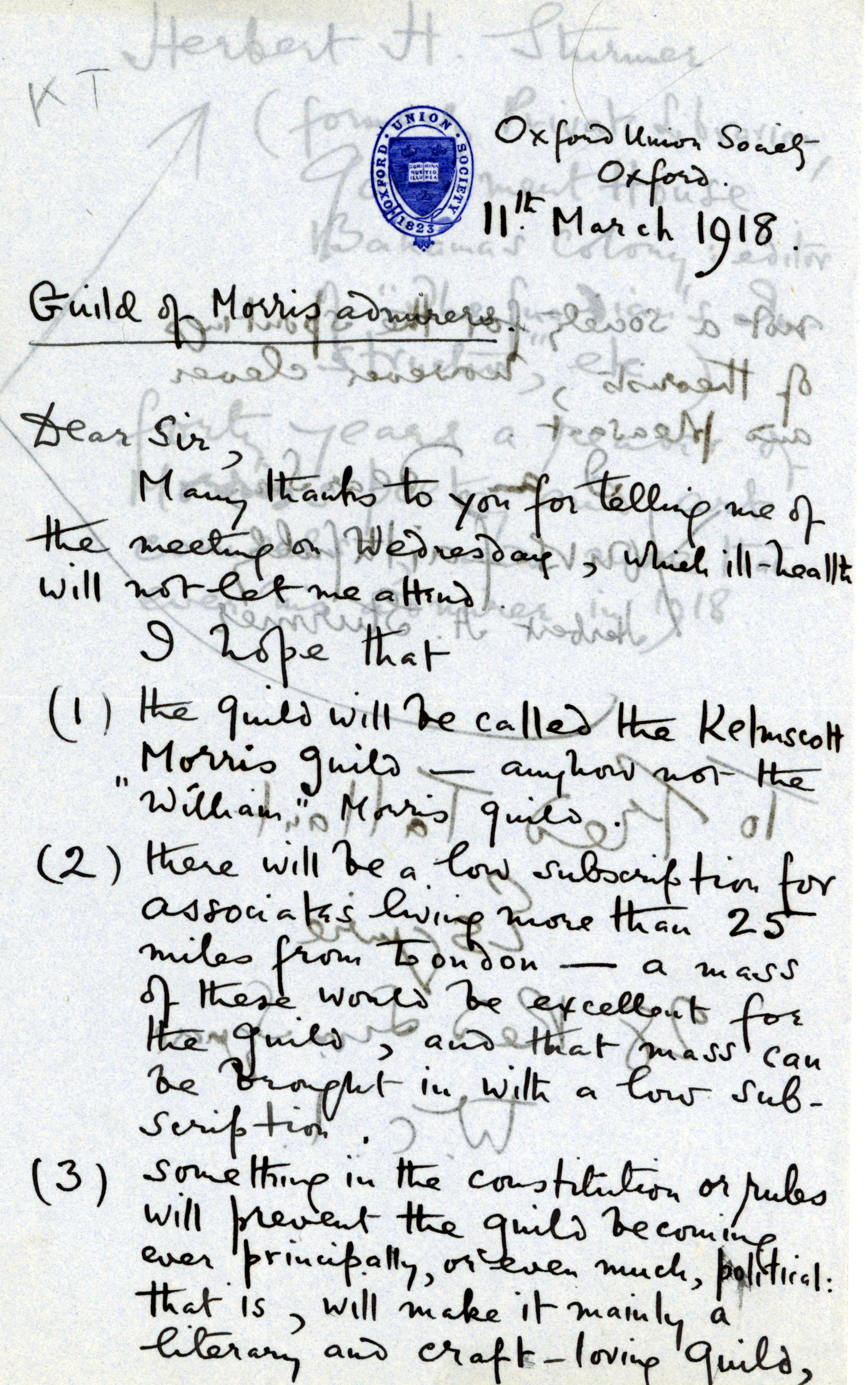
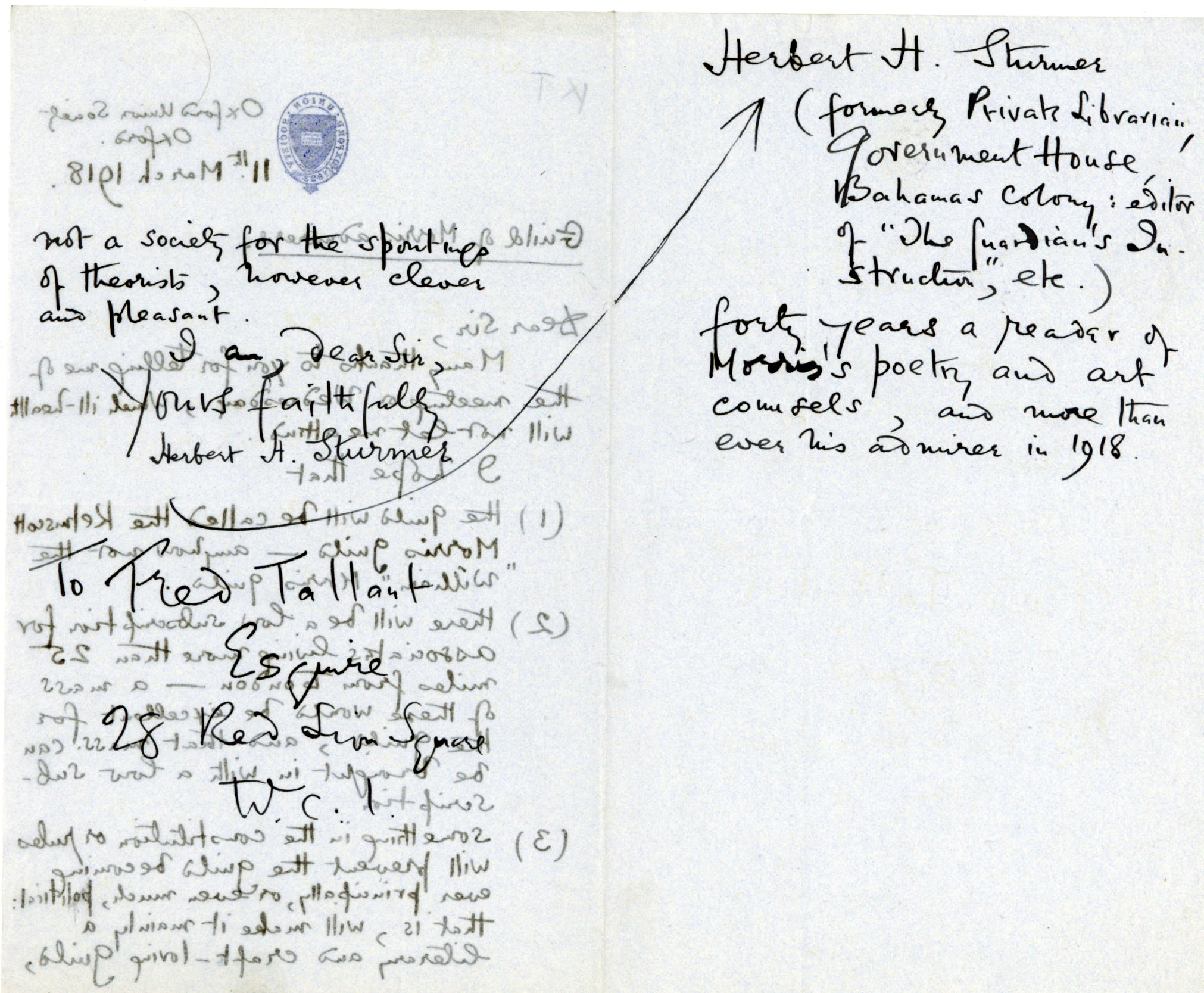
In one letter, the architect Halsey Ricardo expressed reservations about naming the fellowship after William Morris, and stated, “I think the use of a personal name may hamper the development of a progressive cult.” This view was seconded by Herbert H Stomer, who also stated that he hoped “something in the constitution or rules will […] make it mainly a literary or craft-loving guild, not a society for the spoutings of theorists, however clever and pleasant”.
The letters also give insights into the private life of the Morris family. In a 1919 letter, May writes, “The subject of Iceland is of special interest to me. In the earliest years my Father made me understand something of the splendour of the story of Iceland which was a familiar tale in our household.”
One of the fellowship’s major achievements was the organisation of the Morris centenary celebrations in 1934. These celebrations included a historical pageant in Walthamstow, an exhibition and a series of lectures on the man and his work. The
letters, brochures, leaflets and pamphlets found here reveal the scale of these celebrations, and the role Verstage and Tallant played in making them happen.
There are dozens of letters of condolence to May Morris’s housekeeper and friend, Kitty Whitaker, Tallant and others, on the occasion of May’s death in 1938. They reveal the grief felt by her peers at her loss, and the admiration her contribution to the Arts and Crafts movement generated. Una Fielding, a relative of May’s, wrote, “The world seems a bleak place at the moment, but if May had had to live in semi paralysed condition through these days, it would be worse still.”
Marta Bowerley wrote “I am glad to have known someone with so much artistic vitality and really genius.”
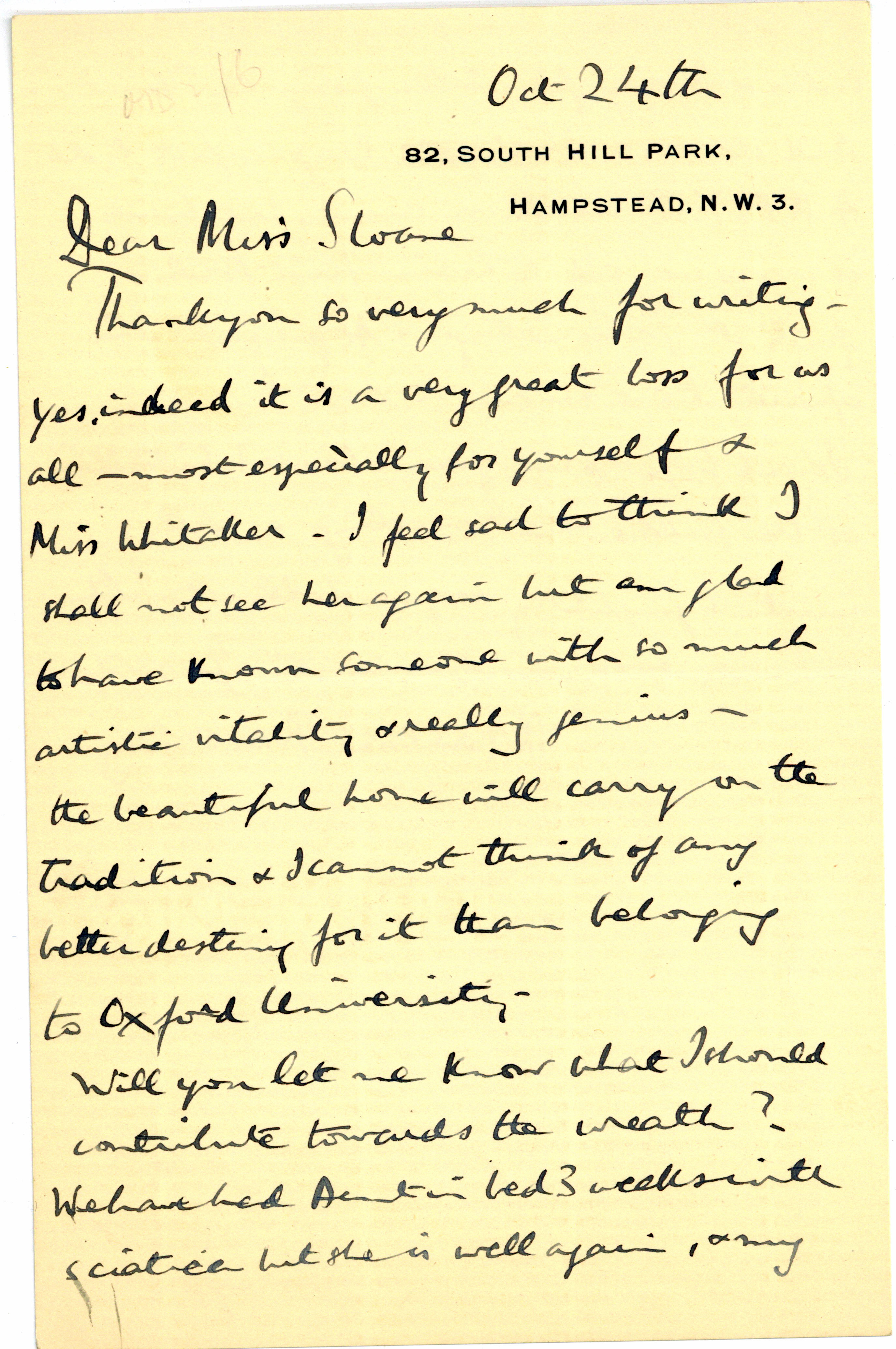
Stella R Crofts, in her letter to Miss Sloane, writes, “I can still see her sweet smile when she removed Bernard Shaw’s hat from the piano at Kelmscot [sic] that day!”

A letter signed ‘M.F.” states, “I did not think she would die until four hours before her heart failed. She was her bright, cheerful self to the end.”
The Arthur Halcrow Verstage catalogue and selected digitised images will be publicly viewable on this website by the end of 2017, so come back and visit us then. And The William Morris Society’s current exhibition at Kelmscott House is the second part of their history of The William Morris Society – it can be seen, free of charge, in the Coach House on Thursday and Saturday afternoons between 2pm and 5pm, .


